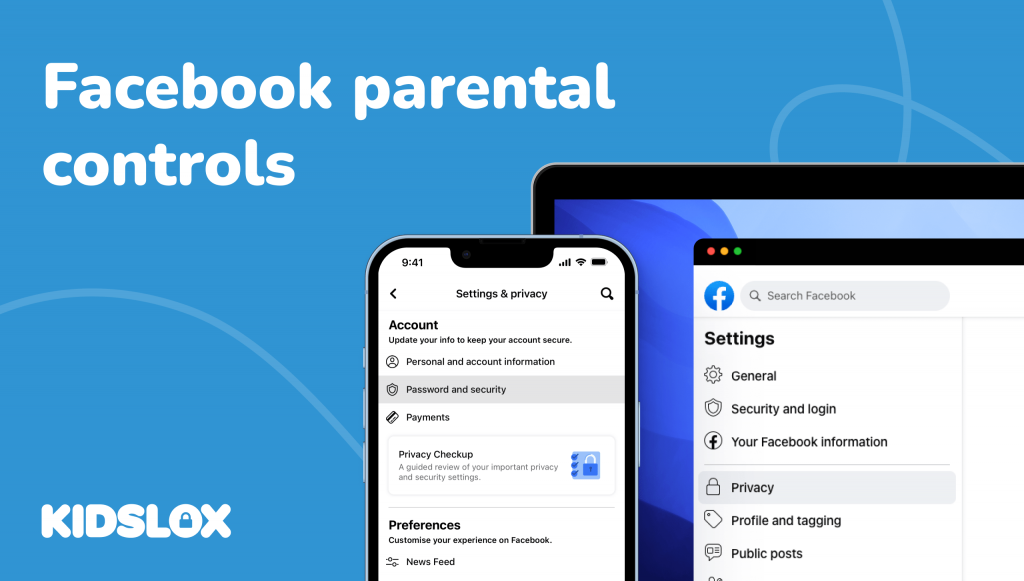Do you have one of the ‘quiet ones’? Congratulations, you’re nurturing something special.
In the hustle and bustle of a school room packed with childhood personalities, introverted children often stand out more by their gentle quietness than they do by their profound inner world. While the exuberant energy of extroverted children easily captures attention, their introverted counterparts offer a depth of insight, creativity, and sensitivity that can go unnoticed in the commotion of louder peers.
This Guide To is dedicated to the introverted child—the thinkers, the dreamers, and the quiet innovators of tomorrow. We will explore how to identify an introverted child, how to build them up, and how their relationship with screen time might differ from others.
How to Recognize an Introverted Child
Understanding introversion is crucial. It’s a personality trait characterized by a preference for internal thought processes and a need for lower levels of stimulation. Introverted children find strength in solitude, where they recharge and reflect. They may thrive in one-on-one interactions or enjoy the company of a select few.
Introverted children like to soak in their surroundings before choosing to interact and you may notice that they prefer reading to running, pondering to proclaiming, and solo creative projects to group activities.
Unlike shyness, which can be rooted in anxiety and discomfort, introversion is a chosen state of solitude and quiet. An introverted child is not necessarily afraid of social encounters but may simply prefer the richness of their internal landscape. They tend to process information deeply, which means they are often thoughtful, self-aware, and appear mature beyond their years. They might take pleasure in solitary activities such as drawing, building models, or reading. These are not signs of social disinterest but rather an indication of the different ways introverted children engage with their environment.
Schools are social environments, bustling with interaction and often structured to favor the outgoing and gregarious. For an introverted child, this setting can sometimes feel overwhelming, but it can also be a place of growth and discovery. The introverted child may not raise their hand first, but their contributions, when they come, are often insightful and well-considered.
To enable an introverted child to thrive and participate at school, a classroom culture that values reflective thinking and allows for various types of participation is key. Making time for thought before answering, providing written rather than spoken opportunities to respond, and respecting the need for personal space can make a school a welcoming and enjoyable place for an introverted student.
If you’re the parent of an introverted child and you worry about their participation and happiness at school, you can advocate for them in a few ways. Encourage teachers to recognize different learning and interaction styles and be honest about your child’s personality, and preference for introspection. You can help your child by celebrating their reflective nature and prepare them for the demands of school-life by discussing what to expect, teaching them self-advocacy skills, and ensuring they have quiet time to recharge.
Looking out for introverted children – what are the signs?
Introverted children display a lot of characteristics that, when understood, can be nurtured into significant strengths. Here are some signs to look out for, and ideas on how you can help promote them to their fullest.
1. They appear lost in thought
One of the most notable is their propensity for deep concentration, allowing them to develop expertise in areas of interest. Their ability to lose themselves in focus can lead to high levels of achievement in academics, the arts, or other specialized fields.
2. They think before they speak
Another characteristic is their reflective nature. Introverted children think before they speak, considering their words carefully. This can make them excellent communicators, particularly in writing.
3. They feel deeply
They are often empathetic, picking up on subtleties in others’ emotions. This sensitivity can make them good friends who are deeply loyal, thoughtful, and supportive.
4. They’re in touch with their emotions
Introverts are often self-aware and self-regulating. They have a rich inner life, and they are usually content with their own company, which fosters independence.
5. They think differently
They are often observant, noticing details that others may overlook, which can make them valuable contributors in group settings where these insights can lead to innovative solutions.
Introverted vs Shy – A Common Misconception
It is a common misconception that introversion and shyness are one and the same. Shyness is a fear of social judgment, while introversion is a preference for less stimulating environments. An introverted child might enjoy social interaction but will feel drained afterwards and require time alone to recharge. A shy child, on the other hand, might seek to avoid social interaction due to anxiety.
Understanding this distinction is essential in how we support children. While shy children may benefit from gradual and supportive exposure to social situations to build confidence, introverted children benefit from having their need for solitude respected. Recognizing the difference can prevent well-intentioned adults from pushing introverted children into uncomfortable situations, mistaking their need for quiet for social trepidation.
Parents and educators can encourage these characteristics by providing opportunities for introverted children to showcase their strengths. Allowing them to work independently, recognizing their thoughtful contributions, and providing platforms for written expression can affirm their introverted nature.
Introverted Teenagers – What Parents Need to Understand
As children move into their teenage years, the pressure to socialize increases, and for introverted teens, this can be a really challenging time. Social dynamics become more complex, and there’s often a push toward extroversion in the form of group-oriented activities and the emphasis on being popular and well-liked. For the introverted teenager, navigating this can be a huge drain on their energy and emotions, but it’s also a great time to learn new interpersonal and life skills.
Teenage introverts might find solace in deep relationships rather than broad social circles. They might gravitate towards activities that align with their introverted nature, such as writing, art, coding, or music. Encouraging these interests can provide an outlet for their creativity and an opportunity for them to excel. They’re also more likely to find like-minded peers to build deep and lasting friendships where they share common interests.
For parents and educators, supporting teenage introverts means providing them with autonomy to choose how they want to socialize and pursue their interests. It’s also crucial to encourage them to step outside their comfort zones in a measured way, ensuring that they are not overwhelmed but are gradually exposed to broader experiences.
During this time, screen time should be closely monitored. When a child chooses solace in retreating from the world, activities like gaming can become problematic if they spend too long on them. While there isn’t much research on introversion in children and screen time, some studies suggest that over exposure to the digital worlds can exacerbate isolation – especially for females. Parents of introverted teens should be open and honest about screen time rules – set timings as a family and encourage real world hobbies and activities that give the teen a break from the demands of online life. Kidslox can help to create these schedules, send alerts when time is up and even block harmful or inappropriate content.
What else can parents do to support their introverted child?
Parenting or teaching an introverted child comes with the unique responsibility of recognizing and honoring their inner world. Support begins with acceptance—understanding that introversion is a fundamental aspect of your child’s identity and not something you want to change in them.
Creating a supportive environment means allowing for quiet time and spaces where the child can retreat when the world becomes too overwhelming. It means understanding that your child might prefer reading to playing team sports, and that social events may need to be brief and not too frequent.
Communication is also key. Engage with your introverted child in conversations about their interests and thoughts. Listen to them without pressing for more interaction than they are comfortable with. Support their social interactions by teaching them how to navigate them on their terms, such as how to initiate a conversation or how to find moments of solitude in social settings.
In schools, support can come from educators who recognize the need for different teaching strategies. This may include giving the child time to prepare before speaking in class, allowing them to show their understanding through written work or small group discussions, and not penalizing them for not participating in large group discussions.
The introverted child, with their deep thoughts and reflective nature, brings a unique and valuable perspective to the world. As we recognize and nurture these traits, we empower introverted children to embrace their quiet power. They teach us that there is strength in contemplation, creativity in solitude, and wisdom in thoughtfulness.
Supporting an introverted child is about providing balance—encouraging them to stretch their comfort zones while also honoring their need for internal exploration. Whether at home or at school, creating an environment where they feel understood and appreciated allows them to grow into well-rounded individuals who can navigate both their inner and outer worlds with confidence.





